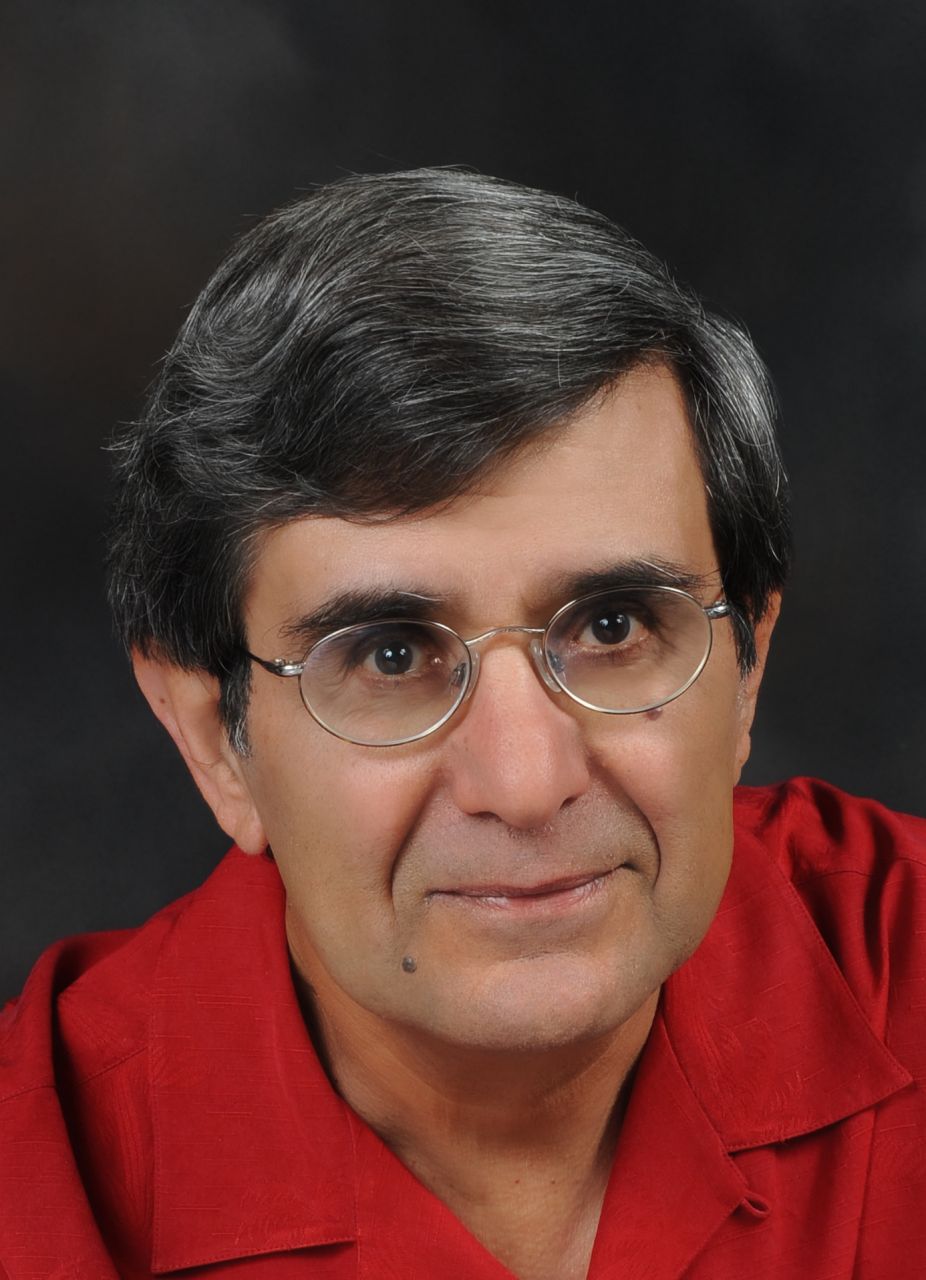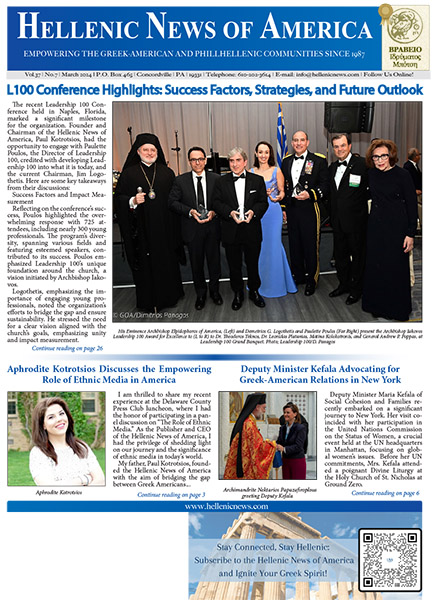Evaggelos Vallianatos
Scholar; Author
The heat of World War II and hubris gave rise to nuclear bombs and their siblings, nuclear power plants. Not much thought went to what these weapons might be or become. Indeed, the Americans rushed and incinerated the Japanese cities Hiroshima and Nagasaki with their atomic bombs in August 1945.
Since 1945, the nuclear bombs are a secret-guarded calamity. They are in the hands of the military. The civilian nukes are in the hands of companies. In the 1950s, President Dwight Eisenhower sold “nuclear electricity” to the world under atoms for peace!
Some seventy years after Hiroshima, there are four-hundred-and-forty nuclear power plants in the world. One hundred of these nukes are in the United States. And just like the atomic and hydrogen bombs, no one knows how to protect us from the deleterious substances created in the process of using uranium, a bomb material, to boil water for the production of electricity.
Experts speak of radiation or radioactive elements or radionuclides to describe the poisons of both civilian and military nukes. These include tritium, cesium-137, strontium-90, and plutonium. These radioactive elements are exceptionally toxic for a very long time.
Cesium-137, for example, has a half-life of thirty years, remaining toxic for more than three hundred years. It causes cancer to the brain, ovaries and testes. It is also responsible for malignant muscle tumors and genetic disease.
Plutonium is even more dangerous. It has a half-life of 24,400 years. This makes it deleterious for about 250,000 years. About 2 pounds of plutonium dust has the potential of global holocaust, killing billions of people. Put 10 pounds of plutonium in an atomic weapon and you can vaporize a city. Despite this horrible, nay, murderous fact, private companies “operate” nuclear power plants, each of which produces 500 pounds of plutonium per year.
Governments and company “owners” of electricity nukes know that no radiation is safe: radiation causes cancer. But governments and nuclear power companies keep secrets, until accidents reap apart more than those secrets.
“Crisis Without End: The Medical and Ecological Consequences of the Fukushima Nuclear Catastrophe,” edited by Helen Caldicott (The New Press, October 2014), is full of those nuclear secrets.
Caldicott, founder of Physicians for Social Responsibility, gathered several outstanding nuclear power experts at the New York Academy of Sciences for a discussion of the effects of the horrendous 2011 nuclear disaster in Japan. The result is “Crisis Without End,” an insightful and very timely story of the incompatibility of man with a technology that can literally wipe out or vaporize humans and poison their future for millennia.
The 1986 Chornobyl nuclear plant meltdown in what is now Ukraine and Belarus killed about a million people so far, contaminating most of the northern hemisphere. It’s too early to count the victims of Fukushima. But the Fukushima effect is three times worse than that of Chornobyl because, in contrast to the meltdown of one reactor at Chornobyl, three reactors melted down at Fukushima Daiichi.
Hiroaki Koide, radiation specialist at the Kyoto University Research Reactor Institute, says the amount of cesium-137 that reached the atmosphere as a result of the Fukushima Daiichi meltdowns and explosions was 400 to 500 times that of the Hiroshima bomb. The same amount of “radioactive material” went into ground water and the Pacific Ocean. In addition, Koide reports that the fuel rods of one reactor alone – number 4 at Fukushima — kept in a pool of water “contains enough cesium-137 to be equivalent of more than 10,000 Hiroshima atomic bombs.”
This awful reality, according to Koide, is causing “deep despair” to those Japanese living close to the wrecked Fukushima factory. He says: “All of the [54] nuclear power plants in Japan should be abolished as soon as possible.”
Naoto Kan, prime minister of Japan in 2011, the time of the Fukushima nuclear disaster, agrees with Koide. He says the catastrophe at Fukushima Daiichi threatened half of Japan and about 50 million Japanese. He is convinced that, “not having nuclear power plants is the safest energy policy.” He rightly saw nuclear power as “a technology that cannot coexist with life on Earth.”
Kan despaired not merely because of the potentially lethal effects of the nuclear meltdown of the three-Fukushima reactors but, equally important, because of the impossibility of finding a safe depository in earthquake Japan to the millennia-lasting and dangerous nuclear wastes.
Indeed, nuclear waste is the Achilles’ hill of the civilian nukes. According to Robert Alvarez, former US Department of Energy official and scholar at the Institute for Policy Studies, “Irradiated fuel, or spent fuel, is extremely radioactive. An unprotected human one meter away from a single freshly removed spent-fuel assembly would receive a lethal dose of radiation within seconds.” He calls this waste “radiotoxic detritus,” certain to endanger humans for “tens of thousands of years.”
Alvarez accuses the nuclear industry for risking civilization in order to keep using their nukes like “ATM machines.”
Read “Crisis Without End.” It’s one of those rare books documenting deception and extreme danger. It will open your eyes to the horrors behind the failed effort to burn uranium for boiling water, a façade hiding even greater horrors of nuclear bombs.
The catastrophe at Fukushima was predictable. In 1946, the Pentagon reported a pattern of death following radiation from the underground detonation of a nuclear bomb at Bikini Atoll:
“Of the survivors in contaminated areas, some would be doomed of radiation sickness in hours, some in days, some in years… No survivor could be certain he was not among the doomed and so… thousands would be stricken with the fear of death and the uncertainty of its time of arrival!”
Caldicott is right saying that is what happened around Chornobyl and is now happening around Fukushima. This is another reason why nukes don’t belong here on Earth. They are fires of heavens threatening to devour more than their presumed masters.
Published on Huffington Post
MORE: Naoto Kan Japan Prime Minister 2011 Fukushima Nuclear Meltdown 1986 Chornobyl Nuclear Meltdown Nuclear Power Plants







